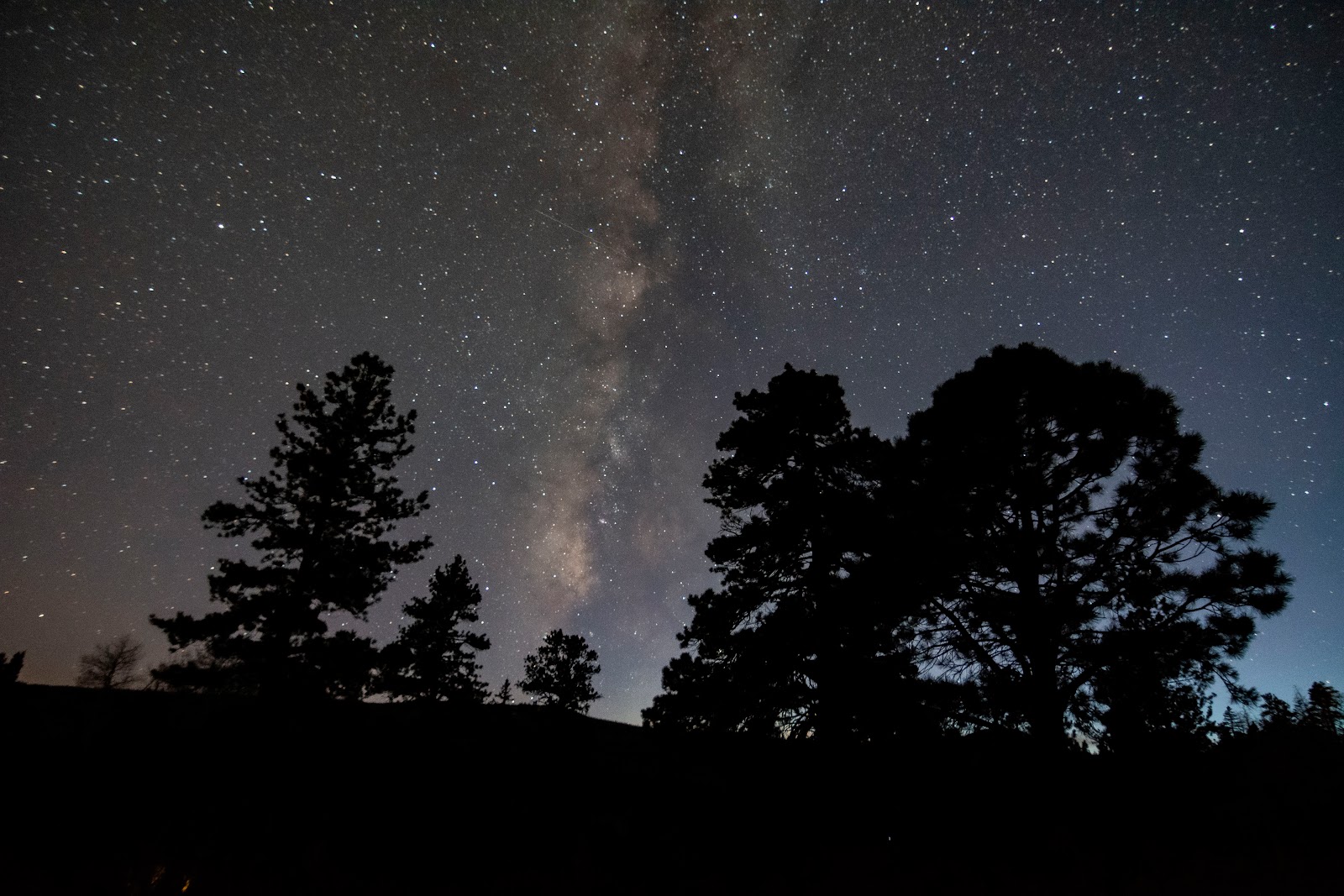Introduction
February had few opportunities for stargazers over Utah. Most of the month was cloudy and stormy, with a few brief glimpses of the stars above. I could see Venus early in the month and Jupiter between the clouds, but not much else.
Weather permitting, March may be a good month for stargazers to break out their gear and get back out under the stars. This month will usually bring a temperature warm-up over Utah and occasionally, more stormy weather. March lacks a major meteor shower, and many of the planets are close to the Sun, making this month a quiet one, which might be a good thing. March is the best time of the year to participate in a Messier Marathon, viewing as many of the 110 objects as possible in a single night.
Mercury can be found in the evening sky during March. The innermost planet will have its best appearance of the month when it reaches its greatest eastern elongation on the 24th. Leading up to this point, the tiny planet will brighten, reaching its brightest magnitude of -1.5 on the 9th. The following evening, a thin crescent moon can be found close to Mercury. Don't forget that this tiny planet, like the Moon and Venus, goes through phases that can be viewed through binoculars or a telescope.
Venus will rise about an hour before the Sun at the beginning of March and about 30 minutes before the Sun as the month ends. On the first morning of the month, Mars can be found close by, less than 4°, but will be hard to spot due to its dim 1.26 magnitude. The pair of planets will drift apart, and by the 7th, a thin crescent Moon can be found rising before the two planets. On the 8th, the Moon can be found between the pair. During the 3rd week of March, Venus will meet up with Saturn in the morning sky. This conjunction occurs on the 21st, with the pair of planets being less than 0.5° apart.
Uranus can be found just 8° to the left of Jupiter during the first evening of the month. This distance will decrease as the month progresses, ending at just 3.5° of separation. The Moon will join this ice giant in the evening sky on the 14th. Be sure to break out a pair of binoculars or a telescope to view this planet.
Unfortunately, Neptune will reach conjunction with the Sun on March 17th and be lost from view.

Zodiacal Light, a Comet, and Messier Marathon
March lacks a major meteor shower, but all is not lost for some great stargazing. This month is the best month for viewing the zodiacal light after sunset. An observer must get away from all light pollution and have a clear view of the western horizon. The zodiacal light will look like an upside-down ice cream cone extending from the western horizon all the way to the zenith, through Taurus and the Pleiades, if the location is dark enough. I recommend using a camera to capture this light as their sensors collect more light than our eyes. This year, the first two weeks of March are ideal due to little to no Moon being found in the western sky. The last few days of the month will also be great to spot the zodiacal light.
Comet Pons-Brooks will reach magnitudes that can be seen with a pair of binoculars but may reach unaided eye status if it has an outburst. Watch for this comet to pass through Pegasus, below Andromeda, and head towards Pisces during the first half of the month. Pons-Brooks will continue through Pisces and end the month in Aries. Towards the end of the month, Pons-Brooks is expected to reach unaided-eye visibility but will still be best viewed through binoculars. A dark sky site will also help in locating this comet. Pons-Brooks will be visible for about 90 minutes after sunset throughout March.
March also brings the best time of the year to participate in the Messier Marathon. This is the time when all 110 objects of the Messier catalog can be viewed in a single night! However, instead of starting at M1, the Crab Nebula, observers should start on M74, the Phantom Galaxy, in Pisces. This object will be one of the first to sink below the western horizon after sunset. The last object to rise before the Sun will be M30, the Jellyfish Cluster in Capricornus. There is a chance that this may be the only object that an observer in Utah might miss due to the morning twilight, but it's still worth the effort! I have updated my Messier Catalog to include a new tab at the bottom of the order the objects should be viewed on March 8th and 9th. This time of the month will be ideal since it will be near the New Moon phase. The viewing order of the Messier objects should be about the same all month, but for observers in a different location, I recommend using the Messier Marathon Planner created by Larry McNish. Simply put in observation location and date to get viewing order and which Messier objects can be viewed.
March 03: Last Quarter Moon🌗
March 07: Moon passes within 4° of Mars
March 08: Moon passes within 3° of Venus
March 08: Messier Marathon
March 09: Messier Marathon
March 10: New Moon 🌑
March 13: Moon passes within 4° of Jupiter
March 14: Moon passes within 3° of Uranus
March 17: First Quarter Moon 🌓
March 17: Neptune-Sun conjunction
March 19: Vernal equinox
March 21: Venus and Saturn conjunction
March 24: Mercury reaches greatest eastern elongation
March 25: Full Moon 🌕









No comments:
Post a Comment